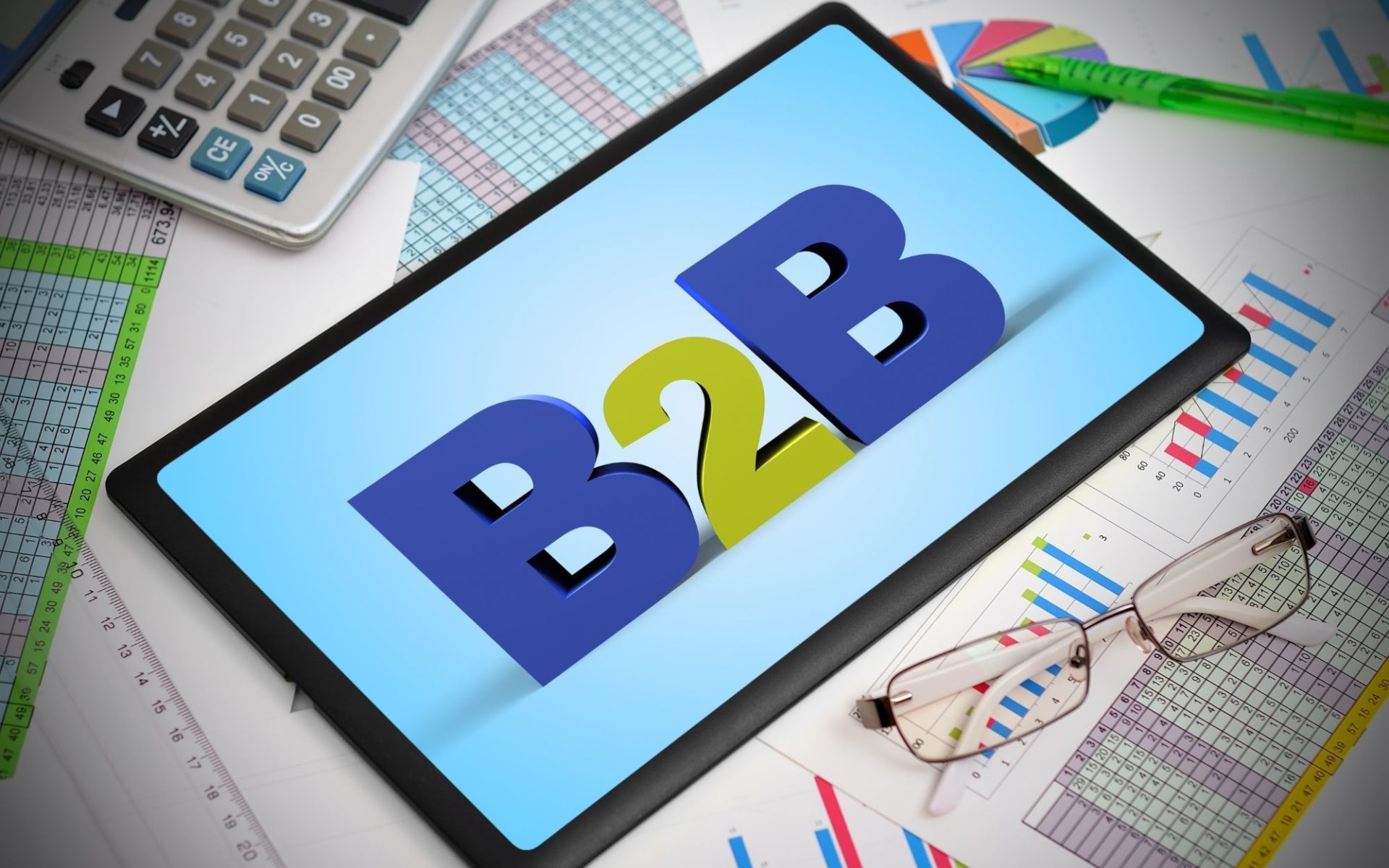Buying behaviour has gone through radical changes since the arrival of the internet and the growing eCommerce industry. If you want to connect with your buyers, understand their changing consumer needs, and ultimately make sales, here’s what you need to know about them.
1. They don’t like being sold to
Just like B2C consumers, B2B customers are also heading online to buy. The internet has made B2B transactions quick and easy, especially with the growing emergence of eCommerce. Forrester research has found that 59 per cent of B2B buyers don’t want to interact with salespeople. Moreover, a staggering 93 per cent would rather buy online than from a salesperson once they know what they want.
The solution? Don’t sell, inform.
“Customers want to make informed buying decisions, not to be sold to,” says Paul O’Donohue, Founder and Group CEO of SalesStar Global.
In short, the old out-dated product-feature ramble is not going to impress clients. In 2014, LinkedIn found that B2B buyers are five times more likely to engage with a sales professional who provides new insights about their business. Their interest is in growing their profits, and yours should be too.
2. They conduct intensive online research
Not only do 89 per cent of B2B buyers use the internet to conduct product research, but over half (53 per cent) are actually taking longer to make a purchase. Why? The internet is a wealth of knowledge and offers buyers more resources than ever to help them make purchasing decisions. From pricing lists to online reviews, there’s a lot of information to sift through and buyers are investigating more resources to gauge the quality of a product or service.
For businesses that persist on using a product-feature sales strategy, it’s becoming harder for companies to make ground.
The solution? Sell outcomes, not products.
“Customers are very sophisticated these days,” says Paul. “Many of them know more about a product than the salesperson knows. Buyer’s don’t want to hear what they already know. So talk to them about their problems, what they are costing them, and how you can help alleviate those problems to enhance their profit. Your products should be the vehicle; a means to an end.”
To quote a popular adage: people don’t buy products, they buy better versions of themselves. Or in the B2B case, better versions of their businesses.
3. They’re spoilt for choice
The world is now a mature market with many companies competing in the same space. Their products are highly commoditised and, more often than not, share comparable features.
While the consultative strategy is an excellent way to stand out from the competition, you must still be able to show that your solution is valuable to your client’s business. If you can’t illustrate both the measurable and non-measurable returns your solution has, then price quickly becomes the only way you can match competitors.
The solution? Don’t sell on price. Sell solutions.
“An effective consultative seller understands that not all costs are financial,” says Paul. “The most successful sellers are those who show profit enhancement. And interestingly, their products are often priced higher.”
4. They want to collaborate and co-create
In the modern world, where everything is tailored and built specifically for individual purposes, B2B buyers want to have a say in the solutions you offer their business. Even their decision making is collaborative: 52 per cent of B2B purchases involve 4 or more people.
The solution? Make it a conversation.
“Consultative selling is a conversation when it’s executed really well,” says Paul. “That’s all selling is. A conversation; communication. And the hallmark of a conversation is that it’s two-way.”
Don’t forget this with your proposals either. They can be collaborative too.
“Write up your proposals as a discussion document,” advises Paul, “It’s a way to talk about how they can move forward and how you can help them do that. The best practice is to give them three options. Say, bronze, silver and gold options. When you do this, they’ll start to collaborate and say, ‘I think we need this’.
“If you’ve positioned yourself as a trusted advisor and they might ask: ‘what do you think? what are your recommendations?’. You might respond with: ‘based on this, you really need this version of this product. But, if you’ve got a limited budget, you could start with this’.
Tip: speak the same language as your clients. Use some of their turns of phrase and idiosyncrasies you heard in your first exploration meeting.









